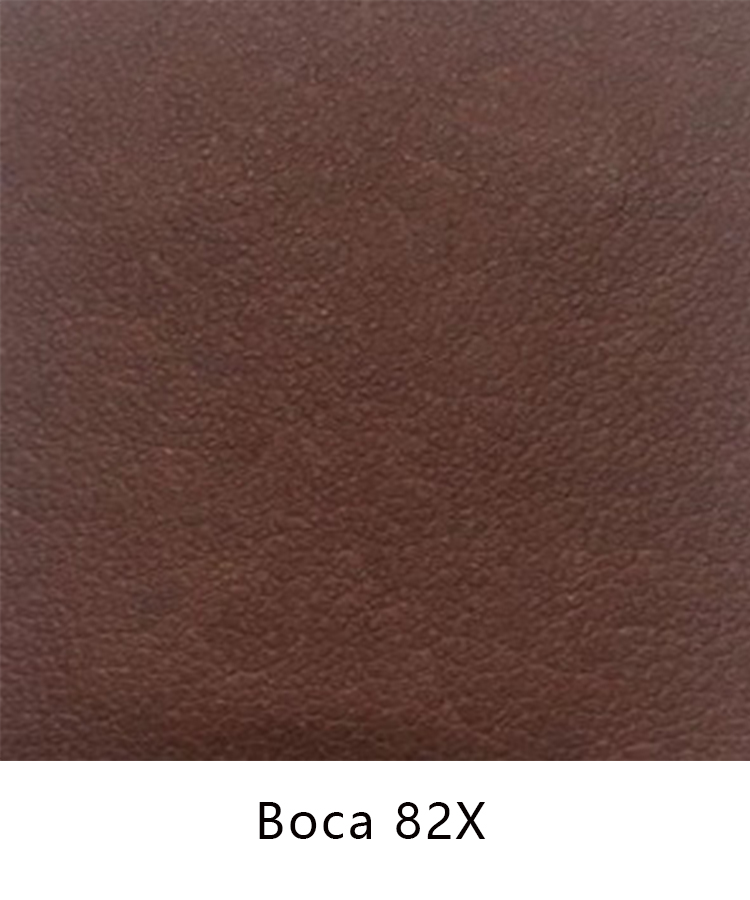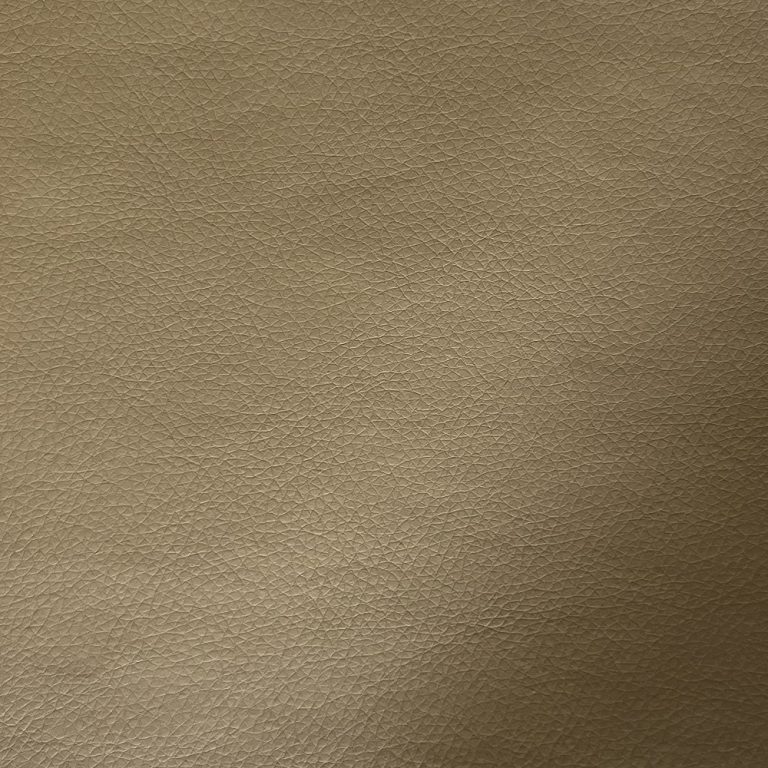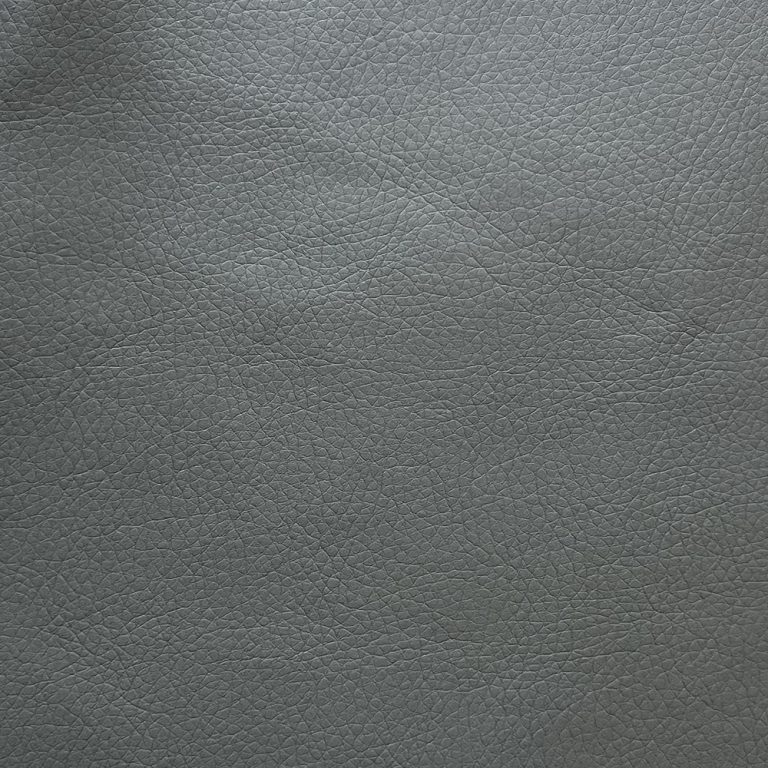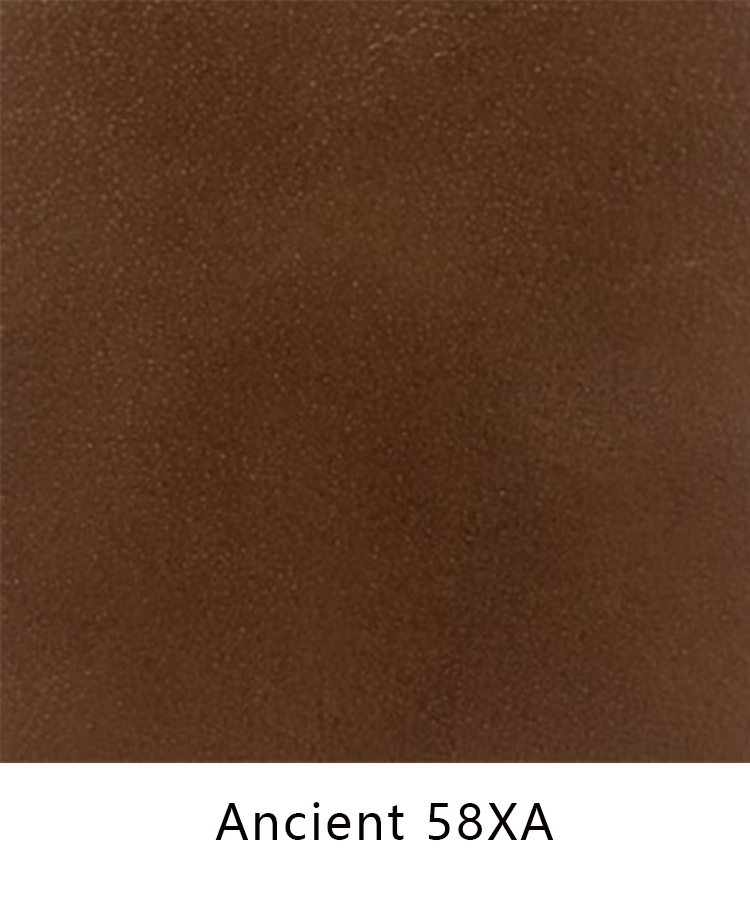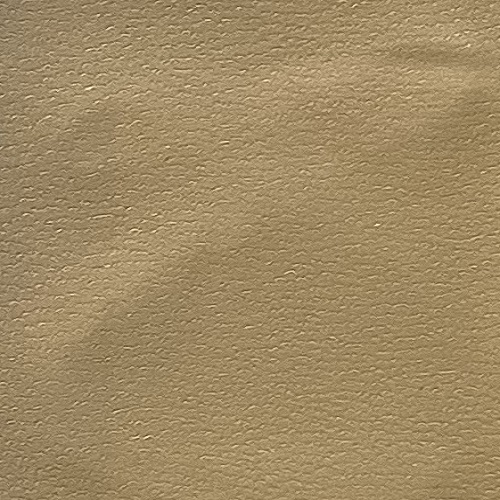Pros and Cons of Using PU Shoe Lining Material
Polyurethane (PU) shoe lining material is a popular choice for footwear manufacturers due to its versatility and durability. This synthetic material is commonly used in the construction of shoe linings to provide comfort, support, and moisture-wicking properties. While PU shoe lining material offers many benefits, there are also some drawbacks to consider when using this material in footwear production.
One of the main advantages of using PU shoe lining material is its durability. PU is a resilient material that can withstand daily wear and tear, making it an ideal choice for shoes that are worn frequently. Additionally, PU shoe lining material is resistant to abrasion, making it less likely to wear down over time compared to other lining materials.
Another benefit of PU shoe lining material is its flexibility. PU is a soft and pliable material that molds to the shape of the foot, providing a comfortable and customized fit. This flexibility also allows for greater range of motion in the shoe, making it easier to walk and move comfortably throughout the day.
In addition to its durability and flexibility, PU shoe lining material is also moisture-wicking. This means that PU is able to absorb and wick away moisture from the foot, keeping it dry and comfortable. This is especially beneficial for athletes or individuals who are on their feet for long periods of time, as it helps to prevent the buildup of sweat and odor in the shoe.
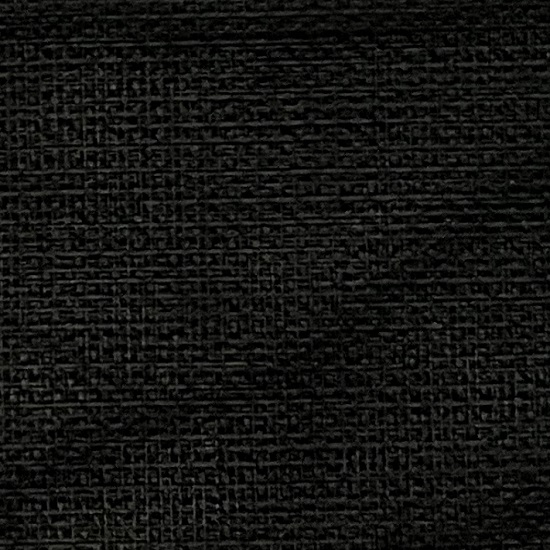
Despite its many advantages, there are some drawbacks to using PU shoe lining material. One of the main disadvantages is that PU is not as breathable as natural materials such as leather or cotton. This can lead to a buildup of heat and moisture in the shoe, which may cause discomfort or foot odor over time.
| Article Name | Use |
| Lining shoes | Shoes,Bags, Clothes |
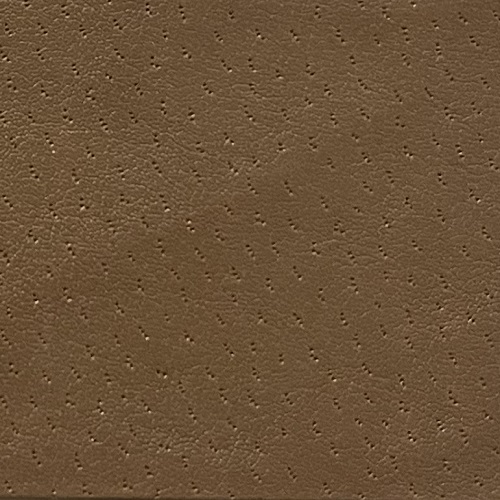
Another drawback of PU shoe lining material is that it may not be as environmentally friendly as other lining materials. PU is a synthetic material that is derived from petroleum, which is a non-renewable resource. Additionally, the production of PU can release harmful chemicals into the environment, contributing to pollution and environmental degradation.
In conclusion, PU shoe lining material offers many benefits for footwear manufacturers, including durability, flexibility, and moisture-wicking properties. However, there are also some drawbacks to consider, such as its lack of breathability and environmental impact. Ultimately, the decision to use PU shoe lining material in footwear production will depend on the specific needs and priorities of the manufacturer. By weighing the pros and cons of using PU shoe lining material, manufacturers can make an informed decision about whether this material is the right choice for their footwear products.


